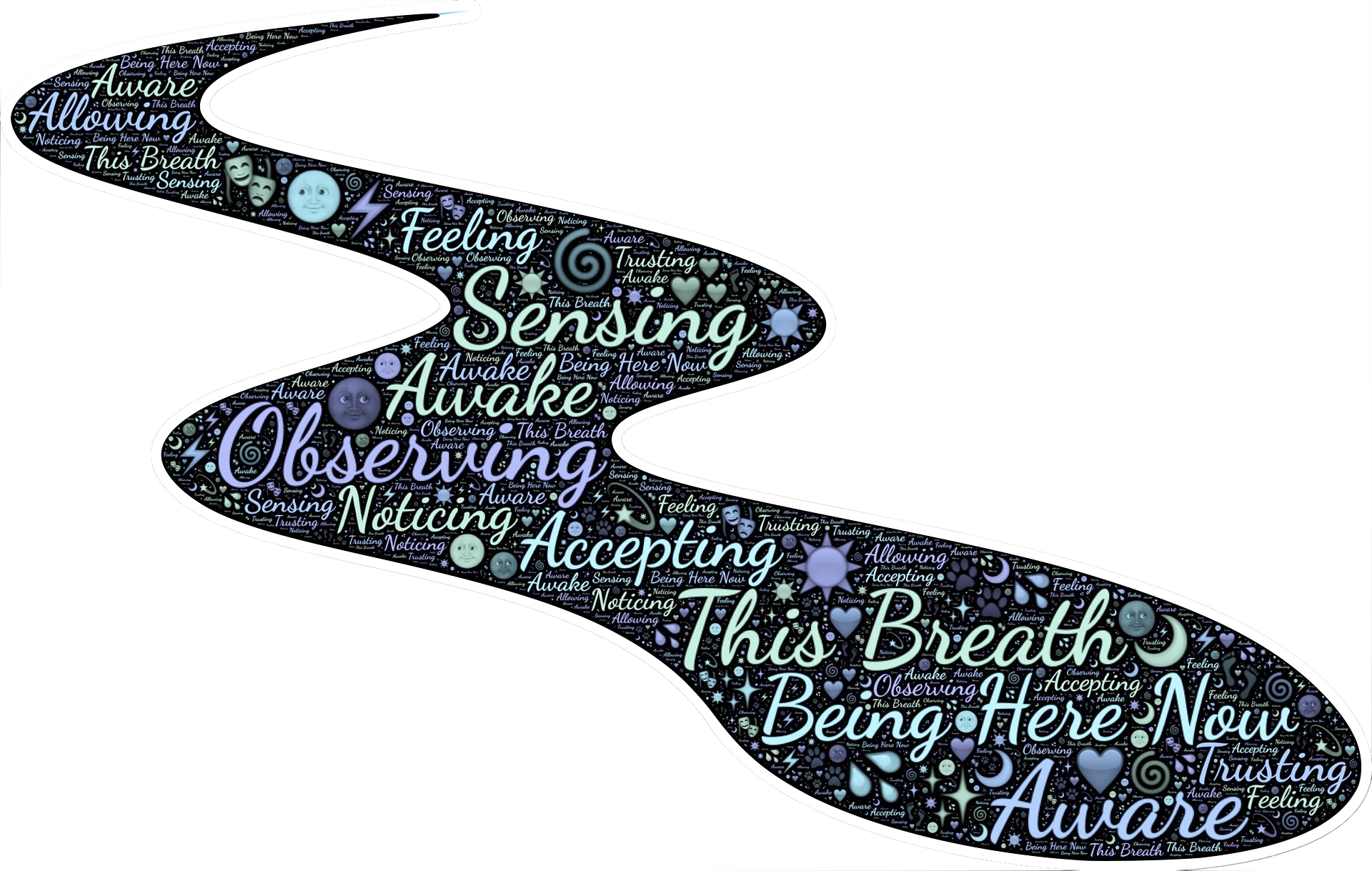Heart Attack
During a heart attack, the blood supply that normally nourishes the heart with oxygen is cut off and the heart muscle begins to die. Heart attacks — also called myocardial infarctions — are very common in the United States. In fact, it’s estimated that one happens every 40 seconds
What is a heart attack?
Your heart muscle needs oxygen to survive. A heart attack occurs when the blood flow that brings oxygen to the heart muscle is severely reduced or cut off completely. This happens because coronary arteries that supply the heart muscle with blood flow can become narrowed from a buildup of fat, cholesterol and other substances that together are called plaque. This slow process is known as atherosclerosis. When plaque within a heart artery breaks, a blood clot forms around the plaque. This blood clot can block the blood flow through the artery to the heart muscle.
Why didn’t I have any warning?
The process of atherosclerosis has no symptoms. When a coronary artery narrows and constricts blood flow, other nearby blood vessels that serve the heart sometimes expand to compensate, which may explain why there are no warning signs.
Chest discomfort
Most heart attacks involve discomfort in the center of the chest that lasts more than a few minutes – or it may go away and then return. It can feel like uncomfortable pressure, squeezing, fullness or pain.
Discomfort in other areas of the upper body.
Symptoms can include pain or discomfort in one or both arms, the back, neck, jaw or stomach.
Shortness of breath
This can occur with or without chest discomfort.
Other signs
Other possible signs include breaking out in a cold sweat, nausea or lightheadedness.
Avoid smoking
if you have heart failure, your doctor will
Angioplasty
An angioplasty opens the blocked artery by using a balloon or by removing the plaque buildup.
Stent
A stent is a wire mesh tube that’s inserted into the artery to keep it open after angioplasty.
Heart bypass surgery
In bypass surgery, your doctor reroutes the blood around the blockage.
Heart valve surgery
In valve replacement surgery, your leaky valves are replaced to help the heart pump.
Pacemaker
A pacemaker is a device implanted beneath the skin. It’s designed to help your heart maintain a normal rhythm.
Heart transplant
A transplant is performed in severe cases where the heart attack has caused permanent tissue death to most of the heart.



